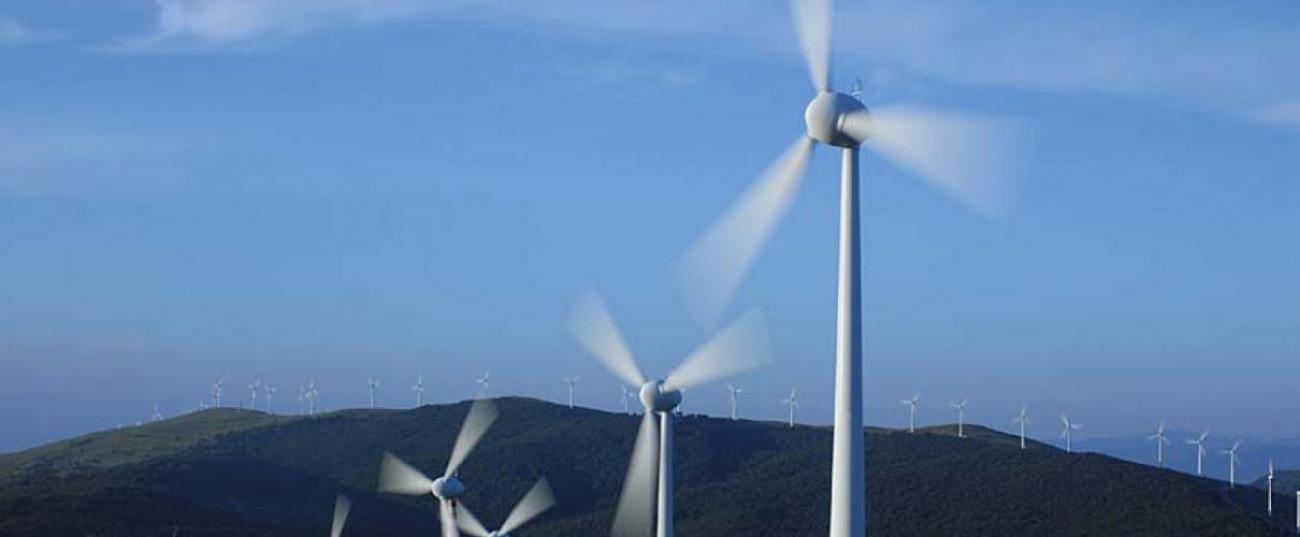Trends and overview of the electric market in Italy (2015)

Demand for Electric Power in Italy and Market Environment
In 2015, gross total demand for electric power from the Italian grid totaled 315.2 TWh (TWh = 1 billion kWh), for a gain of 4.7 TWh (+1.5%) compared with the previous year. On a seasonally adjusted basis (i.e., eliminating the impact of changes in the number of business days), demand was up by 1.3%.
Net of pumping consumption, domestic production covered 85% of demand, down slightly (-0.6%) compared with 2014. National production increased by a total of 1.6 TWh, as the impact of a sharp reduction in hydroelectric output, which decreased by 14.8 TWh (-24.9%) compared with 2014, a year characterized by record levels in availability of water resources, was offset by an increase of 13.8 TWh (+8.3%) in thermoelectric production.
As for other renewable sources, the positive trend of recent years continued with a gain of 2.6 TWh (+6.1%). More specifically, increased production by photovoltaic (+2.8 TWh, +13% compared with 2014) and geothermal (+0.3 TWh, +4.5%) systems offset a decrease in the output of wind power facilities (-0.5 TWh, -3.3%). Net imports also increased, rising by 2.7 TWh (+6.1%), while pumping consumption contracted by 0.5 TWh (-20.6%).
A development worth mentioning in the area of infrastructures was the commissioning of the Malta-Sicily interconnecting power line (200 MW) in April. Insofar as the price scenario at December 31, 2015 is concerned, the time-weighted average (TWA) for the Single National Price (abbreviated as PUN in Italian) settled at 52.3 euros per MWh, little changed compared with the previous year (52.1 euros per MWh), despite a slight increase in demand. As mentioned above, demand for electric power was met by increased thermoelectric production, as the output from renewable sources decreased, due mainly to a reduced availability of water resources. However, a contraction in thermoelectric generation costs resulting from lower prices for raw materials, both gas (spot) and coal, made it possible to hold the price of electric power steady on the national market compared with 2014. As for zone pricing, in 2015, the CCT (difference between the zone price and the PUN) for Sicily was down sharply (-82%), falling to 5.2 euros per MWh. This reduction is attributable to the introduction of the rules governing facilities classified as essential pursuant to which, starting on January 1, 2015 and until the commissioning of the Sorgente-Rizziconi power line that connects Sicily with the mainland, programmable Sicilian power plants qualify as essential resources for the system’s reliability and, consequently, are required to offer power on the Day Ahead Market at a price determined based on the technology employed.
An analysis of the monthly trend for the PUN shows that the most significant changes occurred in July (+46% compared with the same month the previous year), due to the exceptionally hot weather that drove demand to record levels and a reduction in the production from renewable sources, and in October (-23% compared with the same month the previous year), due to the combined impact of lower demand for electric power, increased production from renewable sources and declining thermoelectric generation costs.
In 2015, the F1 hourly time period held relatively steady, but there was a decrease in the F2 hourly time period (-3.4%), which, however, showed values higher on average than those of F1 in April and August, due to growing production from renewable sources, which contributed to lowering prices during the central hours of the day, shifting peak prices to the early evening hours. The F3 hourly time period also showed an increase (+3.1%).


